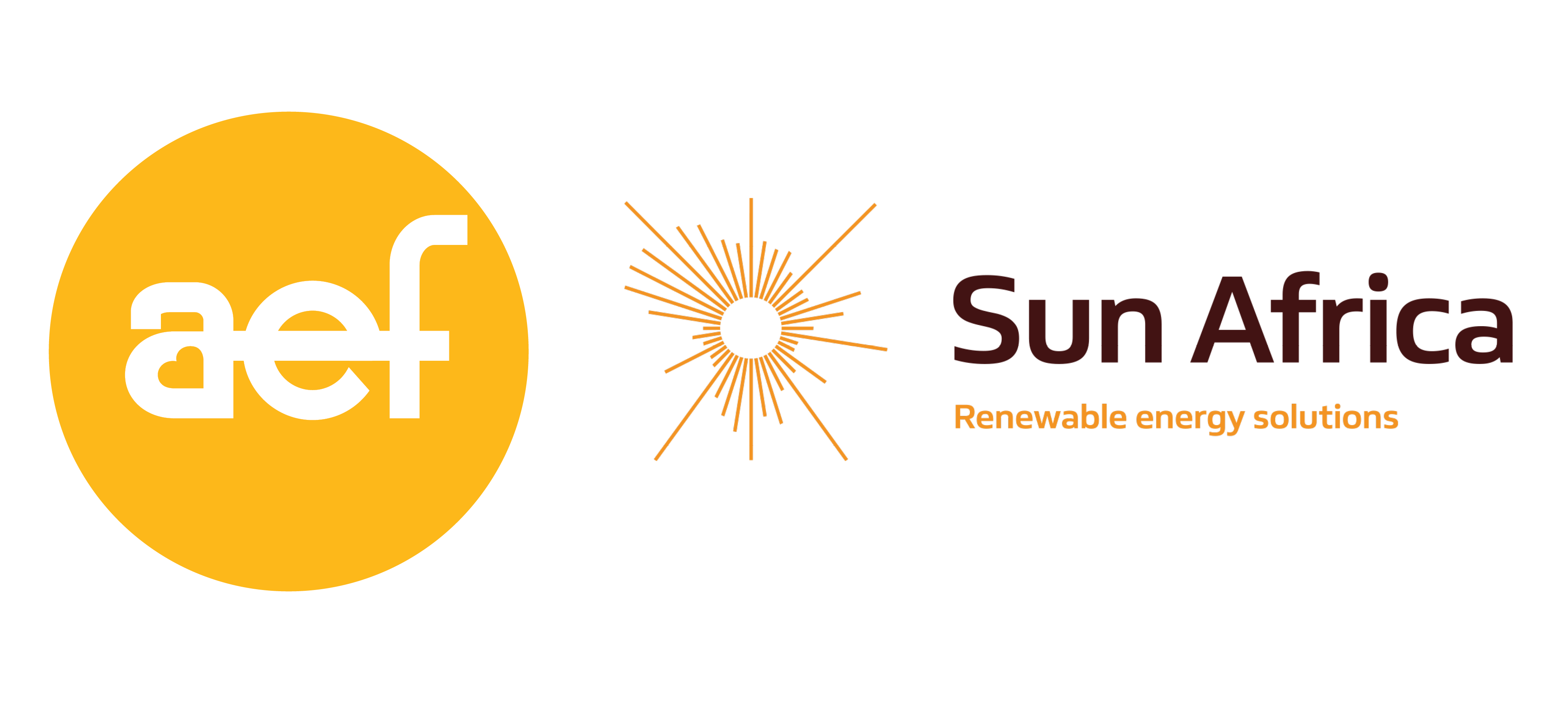Roadmap for Energy Sector Growth in Tanzania
)
Roadmap for Energy Sector Growth in Tanzania
Tanzania's energy sector stands at a pivotal juncture and is poised for significant growth and transformation in the coming years.
Currently, around 56% of its 2.1GW of installed energy capacity is derived from natural gas, with hydropower accounting for almost 40% of the nation’s power output, which is distributed to 4.8 million customers via a transmission network spanning 7,745km.
The country has bold ambitions to expand both production and distribution infrastructure, both to supply its own citizens and contribute to regional power pools. It has already connected to Kenya, with plans to finish its connection with Zambia within two years, and another feasibility study ongoing which is exploring a connection with Uganda.
Gissima Nyamo-Hanga, Managing Director of TANESCO, detailed these developments during his keynote presentation on the nation’s energy landscape.
“We have a lot of energy potential which is yet to be exploited, as is the case with our neighbours in Kenya... this includes around 4,700MW of hydro, 5,000MW of geothermal and many megawatts of solar,” he explained.
“There is a lot of room for investors to come into Tanzania. Our plan is to reach 10,000MW of installed capacity in the next 10 years, and alongside that we will expand our transmission networks so more people can be connected to the grid. We are also working with our neighbours so we can join the East African and Southern African power pools and share power across the region.”
Nyamo-Hanga was joined on stage by Decklan Mhaiki, Deputy Managing Director, Planning, Research & Investment at TANESCO, to discuss these opportunities further, with many of the questions from the floor concerning transmission infrastructure development.
“Our grid system is on the verge of expanding to around 4,300MW,” Mhaiki added. “This will give Tanzania a more reliable and stable supply of power, and our plans to join the grids in more neighbouring countries will make us a more attractive investment proposition.”
The duo were also asked about how they envisage the private sector being involved in the evolution of Tanzania’s energy sector.
“To achieve our expansion plans we are going to need private capital,” Mhaiki said. “We must therefore involve the private sector, and we are actively engaging with stakeholders who are interested in a number of projects.
“These include many gas and hydro projects, and geothermal is another area we are looking to develop with private sector finance. Wind and solar will also feature extensively in our future energy mix… We are also exploring private sector finance options for transmission and distribution.”
A key underlining message from the spotlight was that Tanzania’s growth plan seeks to balance economic development with sustainability, all while aiming to position the nation as a regional energy hub. With eight bordering countries, continued cross-border collaboration will be essential.

